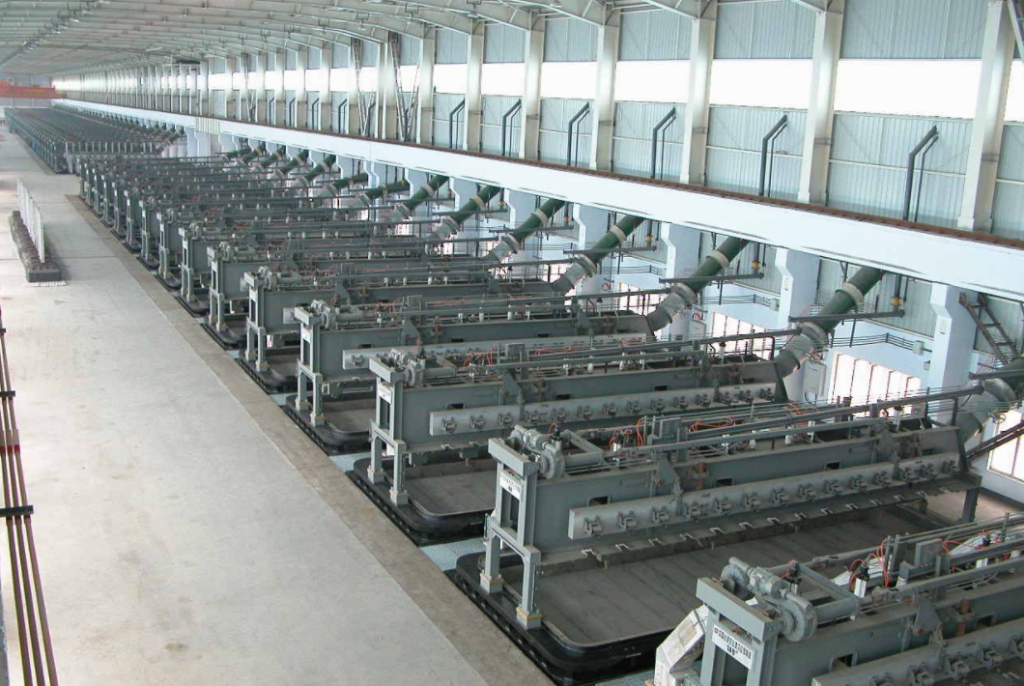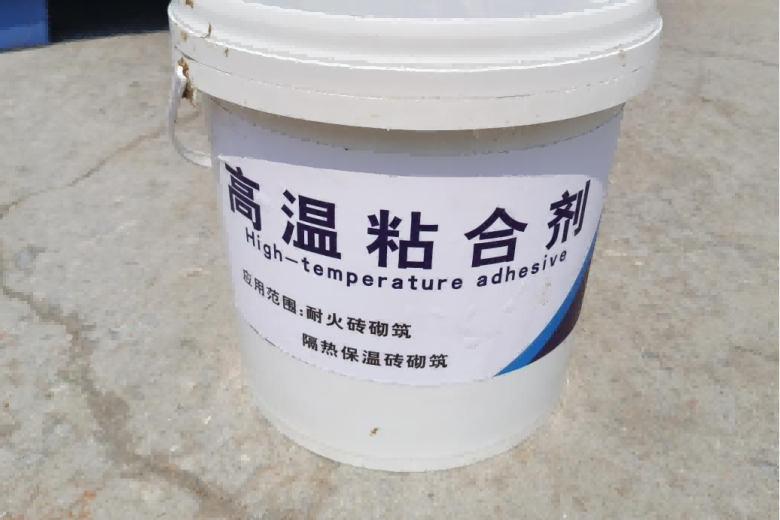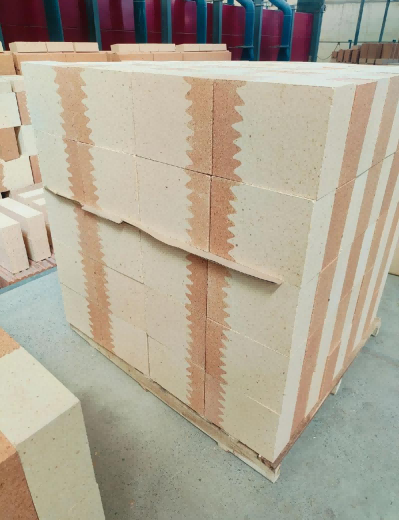The process of dry barrier refractory is made of clay clinker as refractory aggregate, and the third grade high aluminum clinker is processed into different granular aggregate and powder, which is processed by micro-powder technology and bonding agent.
Dry material is mainly used in the aluminum electrolytic cell to play an anti-penetration role, in the electrolytic aluminum production process, the tank lining will be eroded by crcrite, and steam and aluminum liquid will also penetrate the aluminum solution through the carbon brick seam to the side wall of the refractory brick, insulation brick, and will penetrate through the carbon cathode at the bottom of the tank into the heat insulation layer, resulting in greatly reduced life of the aluminum electrolytic cell.
The dry material is selected according to the design of the electrolytic cell, and the material should be selected to ensure that the internal temperature of the carbon cathode material is greater than 850 ° C, because NaF will crystallize below 850 ° C, causing the volume expansion of the carbon cathode and the expansion of the carbon brick, reducing the service life. The best way is to choose a good thermal insulation brick as the heat insulation layer, and use dry barrier refractory between the carbon brick and the heat insulation layer as the barrier layer to prevent the penetration of harmful substances such as NaF.
The selection of dry barrier refractory should be m(AL2O3)/m(SiO2) greater than 0.9, in order to inhibit the penetration of Na and NaF. The infiltrated Na and NaF can react with Al2O3-sio2 refractory materials to produce nepheline (Na2O· Al2O3-2sio2), blocking the porosity and preventing the continued penetration of Na and NaF.
The role of dry barrier refractory is used between the carbon brick and the heat insulation layer on the side wall of the aluminum electrolytic cell, which can prevent the penetration of Na and NaF and other substances, and protect the heat insulation layer. The dry material is used directly on the heat insulation layer at the bottom of the tank. Construction thickness is 100~150mm. To determine the anti-seepage effect of the dry impermeable material, the crucible is heated to 950℃ in the electric furnace, and the sealed crucible is naturally cooled to room temperature with the furnace, the crucible is removed, the profile is cut for observation and analysis, and the remaining height H2 after the reaction of the dry barrier refractory and crolyte is measured, and the penetration depth (H1-H2) is calculated. The essence is the height of the reaction layer, that is, the permeability resistance of the impermeable material.

Leave a Message
Contact Us
Email: [email protected]
TEL: +86 15238644201

High temperature adhesives are a type of bonding material that can maintain excellent adhesion at high temperatures. They can be used to connect refractory bricks…

The light and heavy composite high alumina brick integrates the functions of the two layers of refractory bricks that need to be laid for the…
Submit Request
PDF Request